 Facebook
Facebook
 X
X
 Instagram
Instagram
 TikTok
TikTok
 Youtube
Youtube
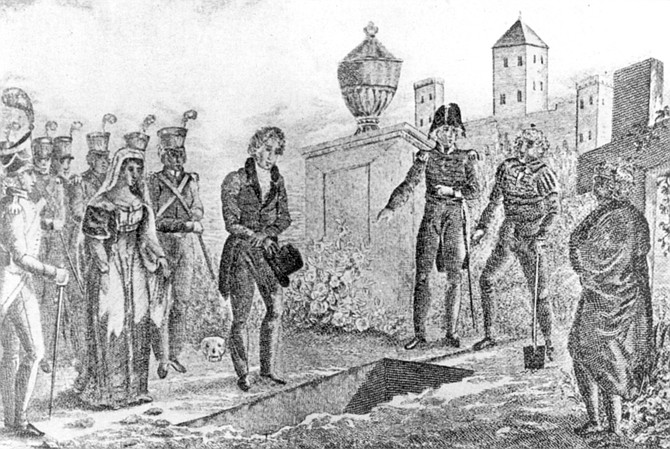
Governor Echeandia of San Diego “looked upon the Americans as being worse than thieves and murderers.” He tore up their passports and put them in a dungeon. One of Pattie’s men convinced the governor they should get the furs buried at the Colorado and buy their freedom. Six men left; Pattie remained behind, a hostage, with his ailing father. Four men came back with furs ruined by summer flooding.
By Jeff Smith, June 25, 1998 | Read full article
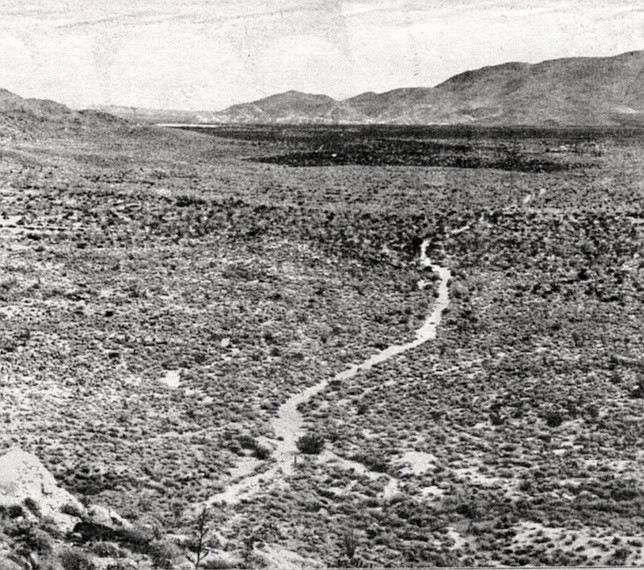
The bandits came in, firing at close range, and killed one of the passengers before being driven off by a group of soldiers stationed at nearby Vallecito. The coach was righted and continued on to the safety of the station house while the soldiers rode off after the would-be robbers. In the middle of the night the soldiers returned. Asked what had happened to the bandits, the corporal in charge replied curtly, “Vallecito has no accommodations for prisoners.”
By Gordon Smith, Jan. 12, 1984 | Read full article
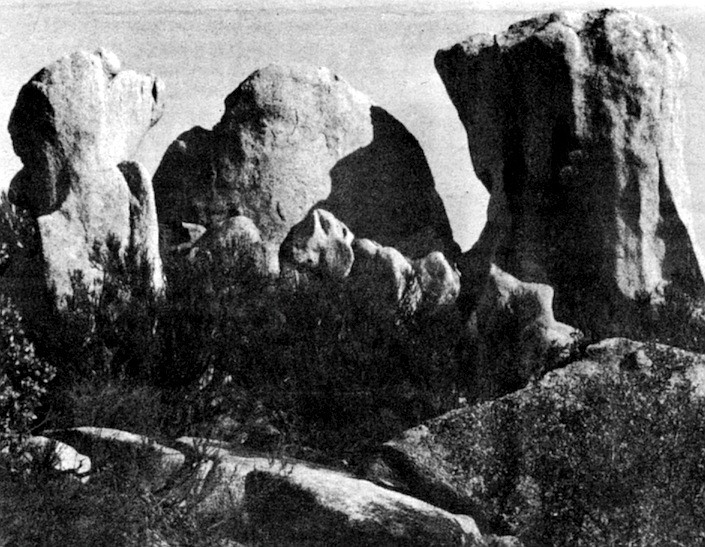
Most of San Diego, from the current beaches to Tierrasanta, was covered by the ocean at one time or another during the last few million years as the coastline fluctuated back and forth. The land was at a lower elevation than it is today; whales swam in downtown Hillcrest, and brightly colored sea slugs made their way slowly across Clairemont. Dolphins, walruses, and thirty-foot-long sea cows dove in Chula Vista.
By Gordon Smith, April 5, 1984 | Read full article

“That is the site where San Dieguito people are defined,” explains Dr. Warren. “It is the most important site in San Diego County, prior to the arrival of the Europeans. Losing it would be like losing the cave paintings in France.” Several preservationists have suggested that the site should be used as an interpretive center, similar to a historic park that recently opened near Lubbock, Texas.
By Neal Matthews, Dec. 6, 1990 | Read full article
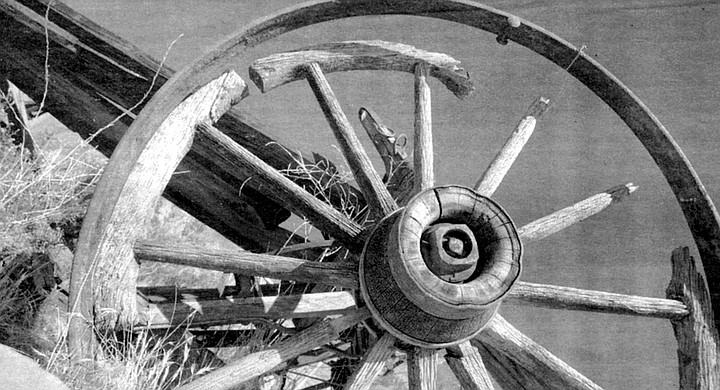
The nail in the coffin was the railroads. No amount of horses could match them. The last coach came through in 1861, as San Diego waited at the promise of a railroad connection back east. And again, the mountains won. The gaps east of Los Angeles guaranteed that southern city would become the great western terminus. San Diego slumped back into its small-port disappointment — a disappointment that might’ve saved it from becoming what L.A. is toda
By Bill Manson, March 21, 1996 | Read full article
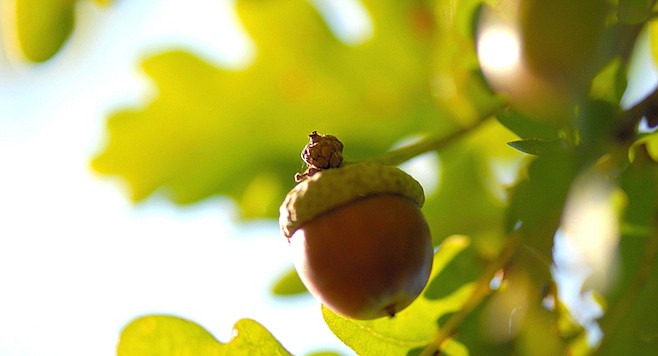
The people roasted grasshoppers, yuccas, and ate abalone. But their number-one food source was the acorn, shaken from branches of Coast Live Oak trees. They poured hot water through baskets of acorns to leach out the bitter-tasting tannin. Hector estimates that there were enough oaks at the Pio Pico site to support at most 33 villages — and a minimum of 3. “The nutrients in the acorns, combined with other foods, provided a complete diet for an individual.”
By Jeff Smith, June 11, 1998 | Read full article
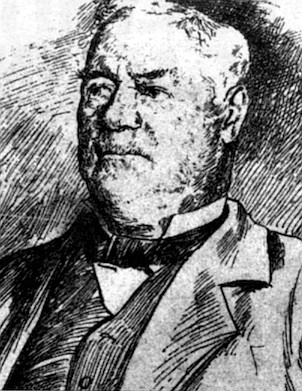
Forster mollified Fremont. At the same time, he hid his brother-in-law, Pio Pico, at Mission San Juan Capistrano, from Fremont’s “dragnet.” The most wanted Californio, Pico fled to Mexico with mules, horses, and supplies. Somehow he escaped American forces: Fremont’s, heading south from Santa Barbara, with 200 men; and General Stephen Watts Kearney’s, moving north from San Diego. The two armies formed a “pincer movement catching the Californios between them.
By Jeff Smith, July 5, 2001 | Read full article
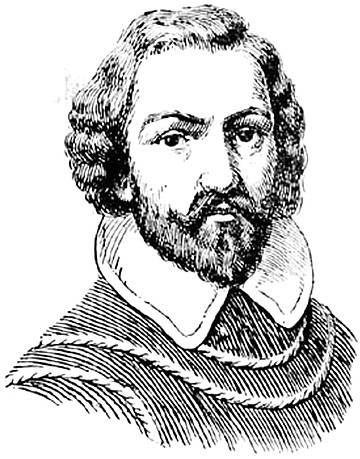
Canary natives were fierce warriors, and Diego faced martyrdom at the hands of “hostile infidels” and “marauding tribes.” Instead, he became guardian of the convent and, showing “exemplary piety,” converted “the souls of many.” Inspired by his achievements, Diego wanted to preach at La Gran Canaria, the largest of the islands with the most “ferocious” natives, but the Spanish soldiers accompanying him wouldn’t permit Diego to walk the line, once again, between proselytization and certain martyrdom.
By Jeff Smith, Aug. 8, 2002 | Read full article

In 1995, Crosby and a friend, armed with the new maps and the expedition diaries, worked out a route that Crosby later checked on four or five different field trips. This route, reproduced in Crosby’s new book and supplemented with GPS coordinates for every campsite, “coincides with, or lies very near, that followed by the 1769 pioneers.” Crosby says when he finally measured the revised route, the total distance came to 121 leagues, just as Cañizares had declared.
By Jeanette De Wyze, Oct. 31, 2002 | Read full article
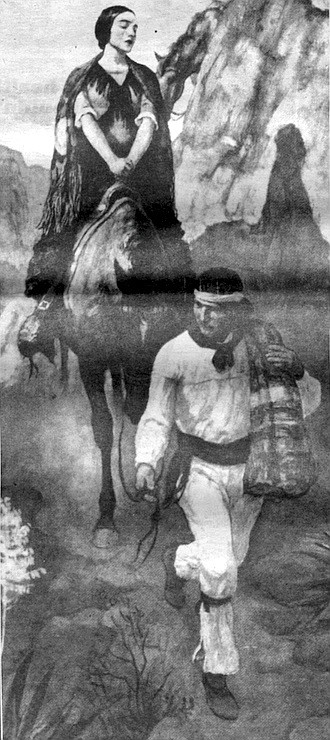
Evelyn Banning, author of Helen Hunt Jackson, set out to write a book about Emily Dickinson, the great poet who lived her whole life in Amherst, Massachusetts — where, as it happens, Helen Hunt Jackson also was raised (under the name Helen Maria Fiske) and where the two future writers formed a lifelong friendship.
(It’s interesting to note that at the time of Mrs. Jackson’s death, she was a world-renowned author, while Miss Dickinson was completely unknown.)
By Roger Anderson, Sept. 29, 1988 | Read full article
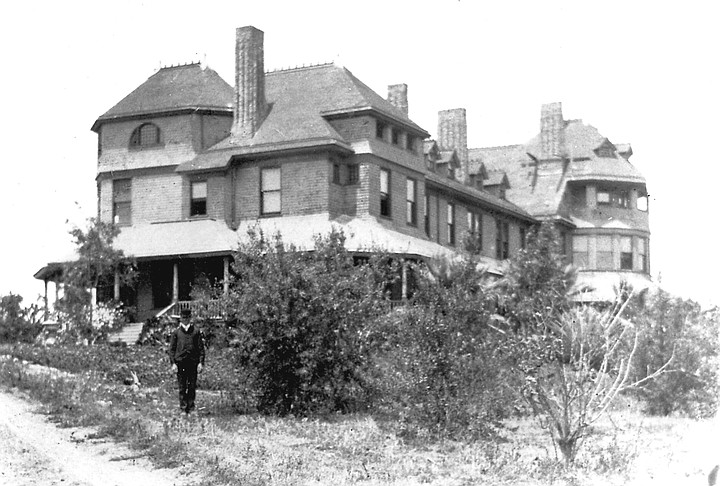
To attract homebuyers to Pacific Beach, in 1887 theSan Diego Union announced that a syndicate of millionaires envisioned a major university "in the area north of False Bay...an institution of learning that is second to none." Sixteen acres, where Pacific Plaza stands today, became the site for the San Diego College of Arts and Letters. December 12, 1887, became the "most successful in the history of San Diego real estate transactions."
By Jeff Smith, Aug. 1, 2002 | Read full article


Governor Echeandia of San Diego “looked upon the Americans as being worse than thieves and murderers.” He tore up their passports and put them in a dungeon. One of Pattie’s men convinced the governor they should get the furs buried at the Colorado and buy their freedom. Six men left; Pattie remained behind, a hostage, with his ailing father. Four men came back with furs ruined by summer flooding.
By Jeff Smith, June 25, 1998 | Read full article

The bandits came in, firing at close range, and killed one of the passengers before being driven off by a group of soldiers stationed at nearby Vallecito. The coach was righted and continued on to the safety of the station house while the soldiers rode off after the would-be robbers. In the middle of the night the soldiers returned. Asked what had happened to the bandits, the corporal in charge replied curtly, “Vallecito has no accommodations for prisoners.”
By Gordon Smith, Jan. 12, 1984 | Read full article

Most of San Diego, from the current beaches to Tierrasanta, was covered by the ocean at one time or another during the last few million years as the coastline fluctuated back and forth. The land was at a lower elevation than it is today; whales swam in downtown Hillcrest, and brightly colored sea slugs made their way slowly across Clairemont. Dolphins, walruses, and thirty-foot-long sea cows dove in Chula Vista.
By Gordon Smith, April 5, 1984 | Read full article

“That is the site where San Dieguito people are defined,” explains Dr. Warren. “It is the most important site in San Diego County, prior to the arrival of the Europeans. Losing it would be like losing the cave paintings in France.” Several preservationists have suggested that the site should be used as an interpretive center, similar to a historic park that recently opened near Lubbock, Texas.
By Neal Matthews, Dec. 6, 1990 | Read full article

The nail in the coffin was the railroads. No amount of horses could match them. The last coach came through in 1861, as San Diego waited at the promise of a railroad connection back east. And again, the mountains won. The gaps east of Los Angeles guaranteed that southern city would become the great western terminus. San Diego slumped back into its small-port disappointment — a disappointment that might’ve saved it from becoming what L.A. is toda
By Bill Manson, March 21, 1996 | Read full article

The people roasted grasshoppers, yuccas, and ate abalone. But their number-one food source was the acorn, shaken from branches of Coast Live Oak trees. They poured hot water through baskets of acorns to leach out the bitter-tasting tannin. Hector estimates that there were enough oaks at the Pio Pico site to support at most 33 villages — and a minimum of 3. “The nutrients in the acorns, combined with other foods, provided a complete diet for an individual.”
By Jeff Smith, June 11, 1998 | Read full article

Forster mollified Fremont. At the same time, he hid his brother-in-law, Pio Pico, at Mission San Juan Capistrano, from Fremont’s “dragnet.” The most wanted Californio, Pico fled to Mexico with mules, horses, and supplies. Somehow he escaped American forces: Fremont’s, heading south from Santa Barbara, with 200 men; and General Stephen Watts Kearney’s, moving north from San Diego. The two armies formed a “pincer movement catching the Californios between them.
By Jeff Smith, July 5, 2001 | Read full article

Canary natives were fierce warriors, and Diego faced martyrdom at the hands of “hostile infidels” and “marauding tribes.” Instead, he became guardian of the convent and, showing “exemplary piety,” converted “the souls of many.” Inspired by his achievements, Diego wanted to preach at La Gran Canaria, the largest of the islands with the most “ferocious” natives, but the Spanish soldiers accompanying him wouldn’t permit Diego to walk the line, once again, between proselytization and certain martyrdom.
By Jeff Smith, Aug. 8, 2002 | Read full article

In 1995, Crosby and a friend, armed with the new maps and the expedition diaries, worked out a route that Crosby later checked on four or five different field trips. This route, reproduced in Crosby’s new book and supplemented with GPS coordinates for every campsite, “coincides with, or lies very near, that followed by the 1769 pioneers.” Crosby says when he finally measured the revised route, the total distance came to 121 leagues, just as Cañizares had declared.
By Jeanette De Wyze, Oct. 31, 2002 | Read full article

Evelyn Banning, author of Helen Hunt Jackson, set out to write a book about Emily Dickinson, the great poet who lived her whole life in Amherst, Massachusetts — where, as it happens, Helen Hunt Jackson also was raised (under the name Helen Maria Fiske) and where the two future writers formed a lifelong friendship.
(It’s interesting to note that at the time of Mrs. Jackson’s death, she was a world-renowned author, while Miss Dickinson was completely unknown.)
By Roger Anderson, Sept. 29, 1988 | Read full article

To attract homebuyers to Pacific Beach, in 1887 theSan Diego Union announced that a syndicate of millionaires envisioned a major university "in the area north of False Bay...an institution of learning that is second to none." Sixteen acres, where Pacific Plaza stands today, became the site for the San Diego College of Arts and Letters. December 12, 1887, became the "most successful in the history of San Diego real estate transactions."
By Jeff Smith, Aug. 1, 2002 | Read full article
Comments